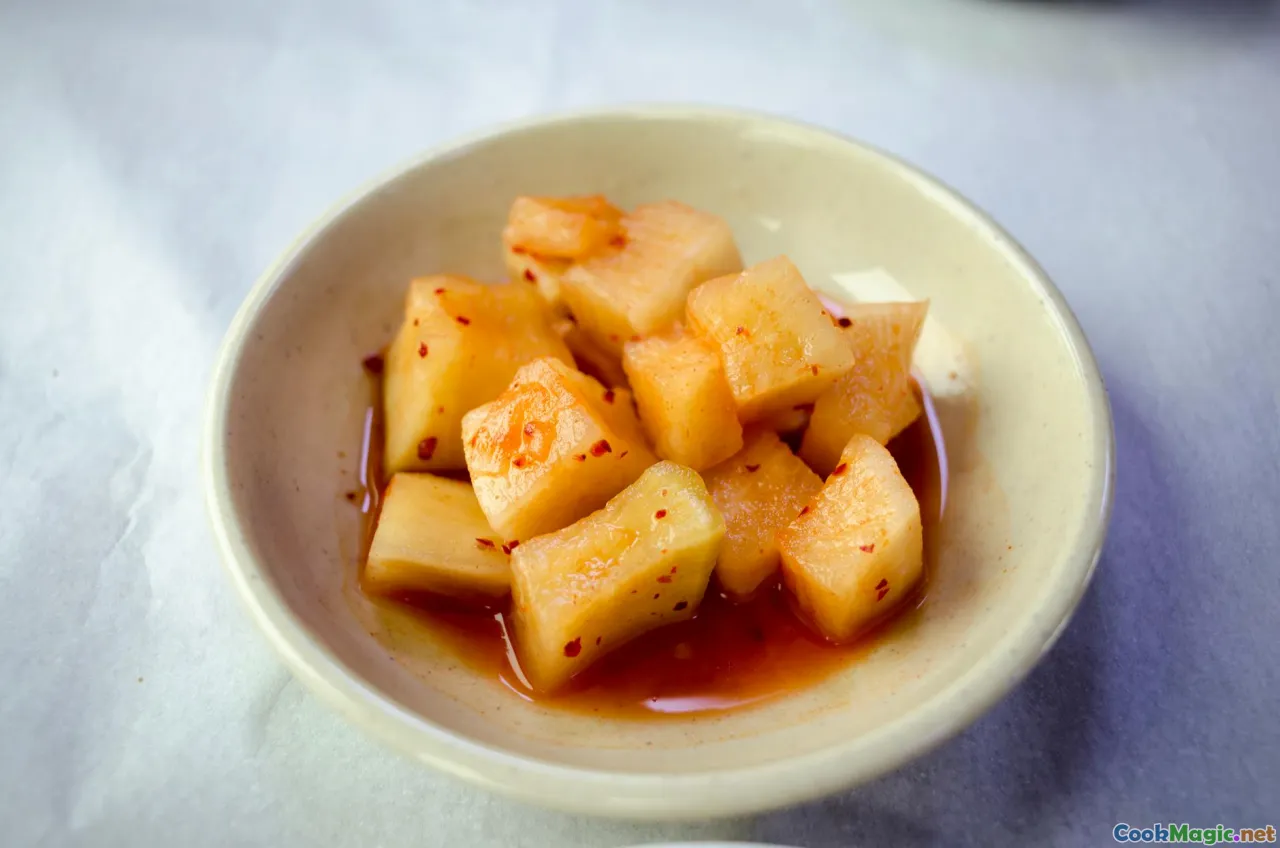How Fermented Shark Became an Icelandic Delicacy
8 min read Discover the fascinating history and cultural significance of fermented shark in Iceland, from ancient survival to culinary tradition. April 23, 2025 06:01
How Fermented Shark Became an Icelandic Delicacy
Introduction: The Bold Flavor of Icelandic Heritage
Imagine standing in the rugged, wind-swept landscapes of Iceland, where centuries-old traditions continue to shape the way people eat and celebrate. Among these traditions lies a dish so bold, so visceral, that it challenges the very notion of taste — hákarl, or fermented shark. This pungent, ammonia-laden delicacy isn't merely food; it’s a living testament to Iceland’s resilience, ingenuity, and respect for nature’s cycles.
Far from being a mere culinary oddity, hákarl embodies a narrative of survival, adaptation, and cultural identity that captivates both locals and adventurous travelers alike. Its story is intertwined with Iceland’s harsh climate, scarce resources, and the relentless spirit of its people. Join me as we delve into the fascinating journey of how fermented shark rose from the depths of necessity to become a revered Icelandic delicacy.
The Origins: Survival in a Rugged Landscape
Ancient Beginnings
Long before modern refrigeration or global trade, Iceland’s early inhabitants faced formidable challenges: a cold climate, limited arable land, and scarce fresh meat. In such an environment, preservation was not just a convenience but a necessity.
Fermentation emerged as a practical solution. By fermenting shark meat, early Icelanders could store protein for months, providing sustenance during long, dark winters. The practice likely began around the 10th century, during the Viking age, when Norse settlers sought ways to utilize their limited resources efficiently.
The Role of the Greenland Shark
The key ingredient in hákarl is the Greenland shark (Somniosus microcephalus), a slow-growing, deep-water species abundant in North Atlantic waters. Its flesh is toxic when fresh due to high levels of urea and trimethylamine oxide, which give it a strong ammonia smell and taste. Through fermentation, these toxins are broken down, rendering the meat edible and safer.
The Traditional Preparation: From Toxin to Tantalizing
The Fermentation Process
The process of making hákarl is as much an art as it is a tradition. It involves several meticulous steps:
- Butchering: The shark is freshly caught and gutted quickly to prevent spoilage.
- Initial drying: The meat is cut into large chunks and hung on wooden racks to dry in the wind and cold.
- Fermentation: The dried chunks are buried in the ground, often in special pits, and left to ferment for several months. During this time, natural bacteria break down the tissues, reducing toxins and developing the characteristic flavors.
- Airing and curing: After fermentation, the meat is unearthed and hung again to cure for additional weeks.
This traditional method results in a firm, brownish, ammonia-smelling block of meat that must be sliced thinly before serving.
The Final Product
The end product is a pungent, strong-flavored delicacy with a distinctive aroma and a chewy texture. When prepared properly, hákarl offers a complex taste profile: a salty, umami-rich flavor complemented by the unmistakable tang of ammonia. It’s often eaten in small cubes, accompanied by traditional sides like flatbread (rúgbrauð), pickled red onions, or a shot of local spirit like Brennivín.
Cultural Significance and Modern-Day Traditions
A Symbol of Icelandic Identity
Hákarl is more than just a dish; it’s a symbol of Icelandic resilience. Despite its challenging taste, it’s a culinary badge of honor for Icelanders, representing a deep connection to their land and history.
Celebrations and Festivals
Traditionally, hákarl is served during national celebrations, such as Þorrablót — a midwinter festival that honors Icelandic heritage. During these feasts, tables are laden with preserved fish, lamb, and other traditional foods, with hákarl taking center stage as a rite of passage for many Icelanders.
Tourism and the Modern Perspective
Today, hákarl attracts curious tourists eager for an authentic experience. Many travel agencies include tasting sessions, often paired with local brews, as part of Iceland’s cultural excursions. While some visitors find the flavor overwhelming, others appreciate its boldness and historical significance.
Personal Reflections
Having tasted hákarl during a trip to Reykjavik, I recall the initial shock of its ammonia scent. The first bite was a challenge — a pungent, chewy burst of flavor that lingered long after swallowing. Yet, beneath that initial assault was a surprisingly rich umami, a taste of Iceland’s perseverance.
This experience taught me that food is not merely about taste but also about stories, history, and identity. Hákar is a reminder that sometimes, the most challenging flavors carry the deepest cultural truths.
The Evolution and Future of Fermented Shark
Preserving Tradition Amid Change
While modern refrigeration has eased the need for fermentation, hákarl remains a cherished tradition. Efforts are underway to keep this craft alive, with local producers maintaining age-old methods.
Innovation and Culinary Exploration
Chefs worldwide are experimenting with fermented shark, incorporating it into contemporary dishes or serving it in innovative formats. These culinary explorations aim to honor tradition while appealing to global palates.
Challenges and Opportunities
The challenge lies in balancing authenticity with accessibility. Educating both locals and tourists about the cultural importance of hákarl ensures its preservation as a cultural emblem.
Conclusion: An Iconic Taste of Icelandic Resilience
Hákarl, the fermented shark, is more than a culinary curiosity. It’s a testament to the ingenuity of Icelandic ancestors who transformed a toxic, inaccessible resource into a symbol of survival and pride. Its pungent aroma, chewy texture, and complex flavor profile embody a rich history of adaptation in one of the world’s harshest environments.
For those willing to embrace its challenging profile, hákarl offers a profound taste of Iceland’s deep-rooted culture and resilience. It stands as a reminder that sometimes, the most memorable flavors are born from necessity and crafted through generations of tradition.
So next time you encounter a block of hákarl, remember — you’re not just tasting food; you’re experiencing a living piece of Icelandic history.









